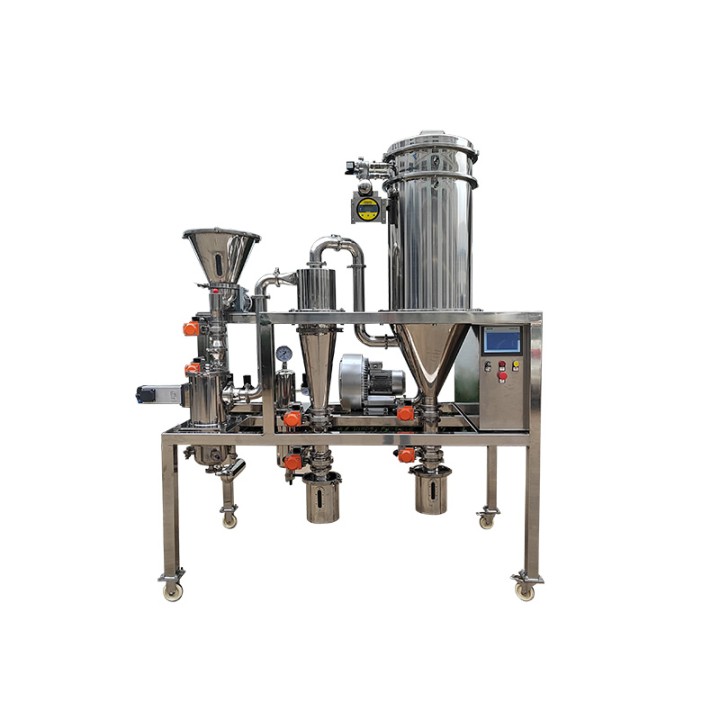
The Role of Jet Mills in the Production of High-Performance Polymers
Modern industries heavily rely on high-performance polymers for a wide range of applications. These advanced materials possess exceptional mechanical, thermal, and chemical properties that make them ideal for demanding industrial processes. The production of such polymers requires precise control over particle size and distribution to ensure consistent quality. This article highlights the crucial role played by jet mills in the efficient and effective production of high-performance polymers.
The Significance of High-Performance Polymers in Industry
High-performance polymers are extensively used in various industries, including aerospace, automotive, electronics, and medical. These polymers offer enhanced performance characteristics such as high strength, temperature resistance, low friction, and exceptional chemical stability. Their versatility and durability make them indispensable in applications such as lightweight components, electrical insulation, drug delivery systems, and many more.
The Need for Precise Particle Size Control
In the production of high-performance polymers, particle size and distribution play a vital role in achieving the desired material properties. Irregular particle sizes can lead to inconsistencies in the final product, resulting in compromised performance and quality. Jet milling technology provides a reliable solution for controlling particle size, enabling manufacturers to achieve uniformity and reliability in their polymer production processes.
Jet Mills: Key Features and Operation
Jet mills are mechanical devices used for finely grinding and micronizing solid materials. They utilize high-speed compressed air or gas streams to create a vortex that reduces particle size through collision and attrition. The key features of jet mills include:
Air Classifier: Jet mills feature an integrated air classifier that separates oversized particles from the desired product, ensuring precise particle size distribution.
No Heat Generation: Unlike other milling techniques, jet mills produce minimal heat during operation, preventing thermal degradation of the polymer material.
Scalability: Jet milling technology is scalable, allowing for the production of small laboratory batches to large-scale industrial volumes.
Wide Range of Applications: Jet mills are suitable for various polymers, including thermoplastics, thermosets, elastomers, and composite materials.
Overall, jet mills offer a reliable and efficient method for producing high-performance polymers with precise particle size control, ensuring consistent quality and performance in the final product.
Benefits of Jet Mills in High-Performance Polymer Production
The utilization of jet mills in the manufacturing of high-performance polymers provides several advantages:
Uniform Particle Size: Jet milling enables the production of polymers with a narrow particle size distribution, resulting in consistent material properties.
Improved Material Performance: Precise particle size control leads to enhanced mechanical, thermal, and chemical properties of the polymer, maximizing its performance in various applications.
Reduced Contamination: Jet mills are constructed with materials that minimize contamination, ensuring the purity and integrity of the final polymer product.
Increased Efficiency: Jet milling is a highly efficient process that minimizes wastage and energy consumption, contributing to cost savings for manufacturers.
Conclusion
High-performance polymers play a critical role in modern industries, and their production requires precise control over particle size and distribution. Jet mills offer a reliable and efficient method for achieving the desired material properties by providing precise particle size control, uniformity, and scalability. Their ability to produce high-performance polymers with consistent quality and performance makes jet mills an essential tool in the manufacturing process.